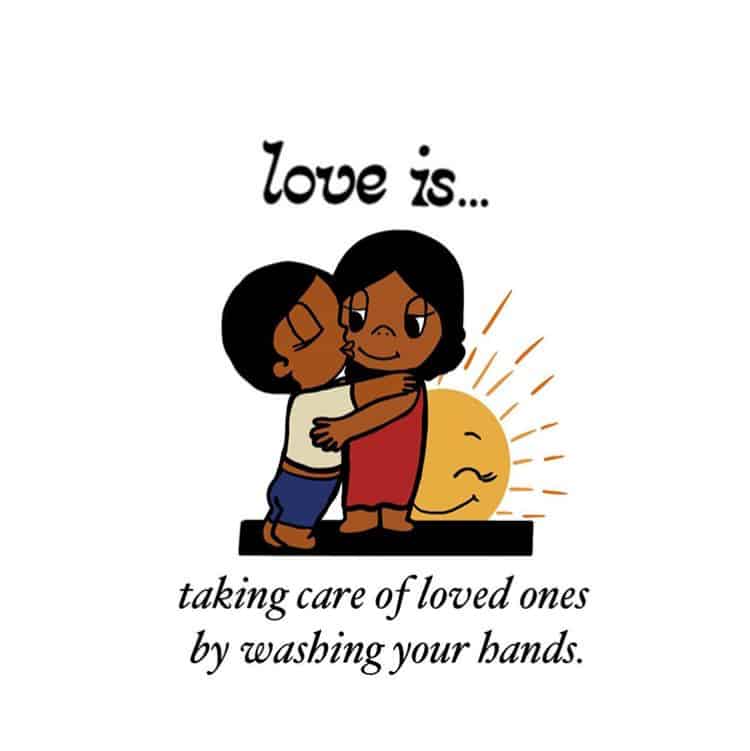
Graphic credit: IG @bbyanarchists
Hello Everyone,
A lot has happened in such a short amount of time. Adjusting to a pandemic that pushes pre-existing inequality to a new limit while also seeing the popularity of mutual aid and community care efforts rise has been such a mind boggling and immense step in my radical imagination manifestation. Now more than ever, utilizing and diving deep into our radical imaginations is crucial! With so many things up in the air, and institutional oppression showing its true colors to those who have refused to see reality until now, this is the time for us to do the work, internally and externally, to help our visions come to fruition. I mean, we’ve seen it before: mutual aid, community care, community defense have all sprung from the minds of folks who imagined ways of care and mutuality that go beyond what the state teaches us, beyond colonial neoliberal capitalism, these strategies and ways of living are born from the raw love, care and pure longing and belief that we deserve better. That our world, our planet, our communities deserve better and we can make this possible together.
I titled my letter after Assata Shakur’s letter that she wrote to Black revolutionaries because it embodies my emotions and thoughts at this very moment, as we stand in such a bizarre moment in time and space. These lines capture everything we should hold on to:
” It is our duty to fight for our freedom.
It is our duty to win.
We must love each other and support each other.
We have nothing to lose but our chains.”
We must love each other and support each other….
Such a powerful reminder of our commitment to one another. A reminder that we only have each other and this earth, and everyday under racial capitalism, under patriarchy, under ableism, we are under attack. Collectively. The more we think about our interconnected struggles and livelihoods, the more we are able to divest from systems we benefit from that hurt others, and the more likely we are to defend each other. Defend each other, from the state, from the police, from the neo nazis, from the misogynists- we only have each other, so let’s start acting like it.
As I write this, I am nearing the end of my accompaniment work with NISGUA, and am holding what shifts in capacity can look like for me. I thank all of you for following my journey and hope to encounter each one of you in our individual life paths.
With Love and Care,
Christina
The Maya Ixil Genocide Case
TW: mention of genocide, sexual violence, war crimes
|
From 1981-1983, Maya Ixil communities were destroyed by the military who used ‘scorched earth’ tactics which encompassed total destruction of anything and everything that might be useful to their “enemies”. Homes, schools, crops, anything in their way was burned and destroyed. Many people were violently massacred by soldiers who claimed they were defectors and part of the guerilla, or the rebel forces. It is estimated that about 5.5% of the entire Ixil population- men, women and children- were killed. All this under the rule of various dictators, most notably Efrain Rios Montt and his band of corrupt, racist politicians.
30 years later, in 2013 Rios Montt and his chief of military operations Jose Rodriguez Sanchez, were being tried for genocide and crimes against humanity. Hundreds of survivors and witnesses traveled to the capital of Guatemala to testify against Rios Montt and Sanchez. The case led to the conviction of Rios Montt where he was sentenced to 80 years in prison, but this victory did not last long. Just 10 days after the conviction, the judge vacated and dropped the set charges because of a court technicality manipulated well by Rios Montt’s attorneys. Despite this, the fact that the Maya Ixil communites were able to convict a former powerful dictator for genocide, reminded them and survivors as a whole of how powerful and important their histories are.
After the death of Rios Montt in 2018 and the failure to sustain his conviction, a new trial begun, this time against the three high ranking military officials who were in power during the beginning and middle of the genocide between 1981-1982. The three officials facing charges are former chief of the General Staff of the Guatemalan Army (and the brother of then president Romeo Lucas García)- Benedicto Lucas García; former Chief of Military Intelligence -Manuel Callejas y Callejas; and former Chief of Military Operations- César Octavio Noguera Argueta.Sitting in that courtroom and looking at these 3 old withering violent men who caused immense amounts of violence made my blood boil. They had the court, the police handling them all under their thumb. In fact, Benedicto Lucas Garcia and Manuel Callejas y Callejas were already convicted in the Molina-Thiessen case in 2018 for forced disappearance, crimes against humanity and aggravated sexual assault for the sexual assault and torture of Emma Molina-Thiessen and the kidnapping and disappearance of her 14 year-old brother Marco Antonio during the Armed Conflict. Yet, Garcia Lucas and Callejas y Callejas were both able to evade prison because of their age and are instead staying at a military hospital that Lucas Garcia OWNS, while Noguera Argueta is on house arrest.
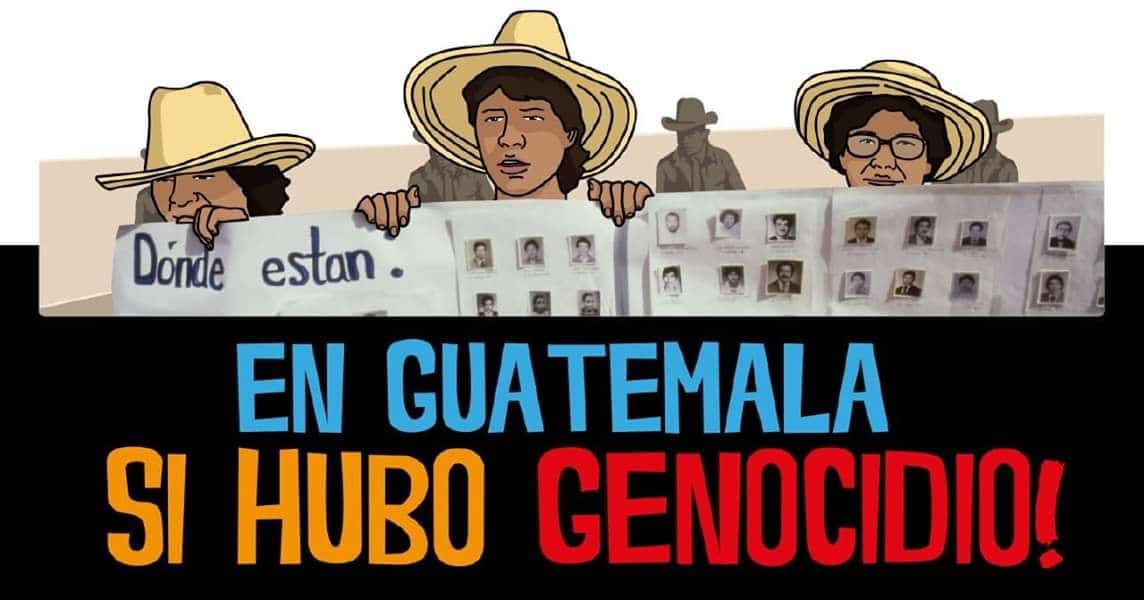
Photocredit: @festivalesGT on Instagram
Translation: Where are they? IN GUATEMALA THERE WAS GENOCIDE
Seeing the impunity of the Guatemalan courts is infuriating and frustrating, but as a brilliant compañero and teacher shared with us- this legal battle is about retaining historical memory, about finally acknowledging that in Guatemala there was genocide. If they can get the courts to convict powerful people, like ex-dictators/presidents and military officials, for genocide, forced disappearance, sexual violence, and crimes against humanity, then all the atrocities that occurred during the Internal Armed Conflict will be unavoidable. They will have to be confronted. The Guatemalan population will have to acknowledge that the state of Guatemala committed genocide against Indigenous and campesino communities- that this violence is a part of Guatemalan history and cannot be ignored any longer. It is deeper than imprisoning military officials. It is about recognizing the mass violence white and mestize settlers have committed and continue to commit against Indigenous communities. Because much like other parts of the world, Indigenous struggle and pain has gone unnoticed in Guatemala, with big chunks of history being erased.
A lot of the youth are not told about the violent past that plagues Guatemala in school, rather they must learn it from elders, and even then they struggle to believe that their grandparents, parents, ancestors etc could have witnessed, much less survived, such horrible events. I have heard stories of elders sharing with me that their grandkids do not believe their accounts of the past, or simply choose to not acknowledge it because it is too painful to recognize. It is why a lot of the social movements present day are being led and sustained by elders and older adults. Youth are involved to an extent but the folks fighting are much older. For example, most of the survivors I was accompanying to this case in March were in their 70’s and 80’s, while organizations that support these survivors are led by folks in their 30s/40s/50s. Many folks in movement are worried that this fight and historical memory will pass with the elders, and have made efforts to recruit and retain youth in their movements but it has been difficult. Which is why these battles to win legal court cases are so important. This history cannot be forgotten or questioned by racist skeptics who refuse to believe or simply do not care enough about the well being of our Indigenous kin.
I have talked to so many people and even have family members in Guatemala who do not believe that these genocides happened. They do not believe survivors accounts of what happened to them and their families during those dark years. It’s a society that willingly embraces historical amnesia, something that Dr. Angela Davis, former Black panther, abolitionist and visionary calls out in the context of the US, saying
“We live in a society of an imposed forgetfulness, a society that depends on public amnesia.”
This is as much true about the US as it is about Guatemala and most nation states whose power is founded and dependent on the sustained oppression of Black, Brown and Indigenous communities. Should the US or Guate acknowldege how their statehood and power came to be, the calls for reparations and repatriation of land by Black & Indigenous communities can no longer be ignored. But asking a whole state to give back and pay back what they stole is like asking liberals to acknowledge their internalized racism, they’ll apologize to retain social capital and clout but won’t actually do the work being asked.
Watch this video me and another comrade made for Day of Dignification of the Victims of the Internal Armed Conflict in Guatemala which took place February 25th in the capital; hundreds of survivors traveled to the capital in the name of remembrance
Survivors of the Internal Armed Conflict and their families have to live with intergenerational trauma and many only recently have been able to give their loved ones proper burials. During the Armed Conflict, the military often threw the bodies of those killed into mass graves, which were later discovered with the help of witnesses and survivors. Clandestine burial sites were the norm; now there is a movement dedicated to identifying remains found in these sites in order to provide families with the ability to mourn and properly say goodbye to their loved ones. For more information on exhumations and how uncovering clandestine burial sites looks like, click here (tw: video of an exhumation, human remains).
The Maya Ixil Genocide case is one of many ongoing Justice and Accountability court cases active right now in Guatemala. Cases that are now being delayed and postponed because of the COVID-19 pandemic. The Maya Ixil case left off with the presiding judge Miguel Ángel Gálvez, deciding whether or not there was sufficient evidence against the 3 military officials to pass the case to the next phase of the trial. He was supposed to give his final response the week the Guatemalan government shut everything down. Now communities and survivor-led organizations have to deal with the delays of court cases they have put so much work into, with the added danger of COVID.
COVID-19 in Guatemala
The Guatemalan government, much like the US, has handled the COVID-19 pandemic horribly. The pre-existing inequality was at an all-time high before, now it is even worse. Many working class folks made a living by selling fruits, vegetables and grains at the local markets but since the Guatemalan government imposed restrictive preventative measures, many farmers have seen their livelihood put in danger. Hunger and food insecurity is at an all time high. Also, the government shutdown public transportation and limits mobility between cities and municipalities. If you are familiar with the geography of Guatemala, you know how bad this is. People depend on public transportation to get from place to place, to be able to access food, medical attention and other necessities. This specifically hurts folks who live in rural communities, which is majority Indigenous, since the nearest city is usually miles away. This also makes it very difficult for folks who are doing mutual aid to get from place to place. They have also implemented curfews nationwide, again making it even harder for folks who need to work to survive.
Additionally, many people are skeptical of government aid and their response to the pandemic. They have many reasons to be. Many are scared that if they do receive state medical care, they will be taken from their families and never comeback. In fact, the Guatemalan government has reportedly been burying unidentified people in a mass grave site, something that is especially triggering to survivors of the Armed Conflict.
Guatemala is also a racist and xenophobic country where doctors are known to discriminate against Black and Indigenous Guatemalans, especially if they are known land and water defenders, so it is no surprise that folks in movement in rural areas might be hesitant to receive western medical care and opt to treat themselves with natural medicines. There is also very little aid being seen in actual communities that need it. The IMF recently approved $594 million in aid to Guatemala for the pandemic, yet that money is not being seen anywhere, with many accusing the oligarchs that basically run Guatemala of stealing this and much more aid that is supposed to go to the people. There is no sustained effort to support the people by the Guatemalan government.
Like in the US, people in Guatemala are depending on their communities, on community care, natural medicines and mutual aid to make it through this pandemic. Now more than ever, we need one another, and not a day goes by where I don’t think about my comrades in Guatemala.
Missing Moments & Memories
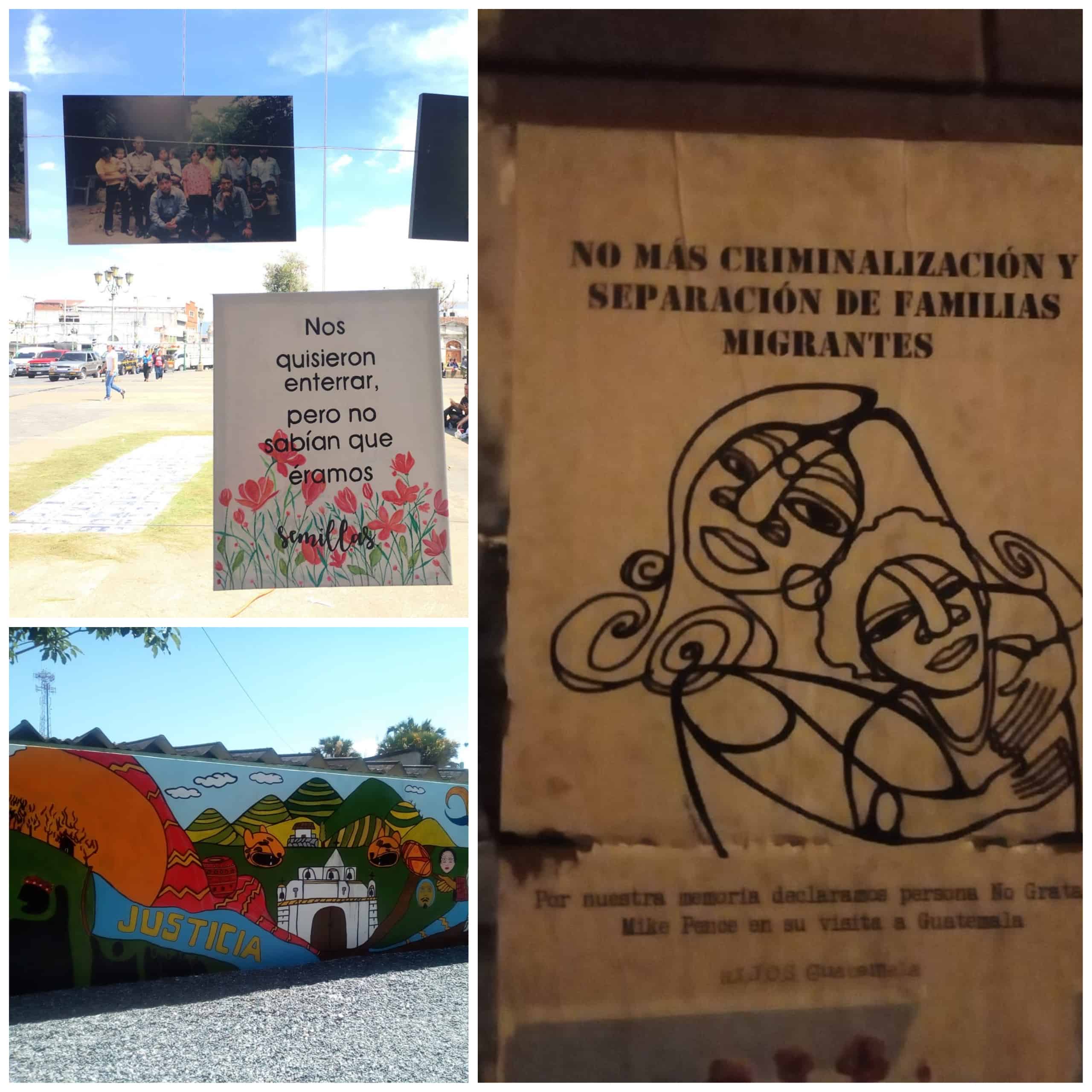
Above are some pictures I took in Guatemala. I miss the motherland so much, and can’t wait to be able to go back. Being able to exist in Guatemala for a long period of time was a transformative experience. I was reminded of the beauty and pain that exists in my vessel, and left inspired of how beautiful our movements can be. I learned so much about what it means to to truly divest from the state in a way that forwards our visions for liberation to a new depth, as well as how much is truly on the line. My heart is in Guatemala, in the tamales, in the panes con frijol y huevo, in pacayas foradas, in the amaranto, in el mercado central, in Rabinal, in Escuintla, in the resistencia, it’s with the comrades fighting and resisting and loving and envisioning. Les quiero, admiro, y extraño tanto.
In memory & heart,
R.I.P. Don Ruben Herrera
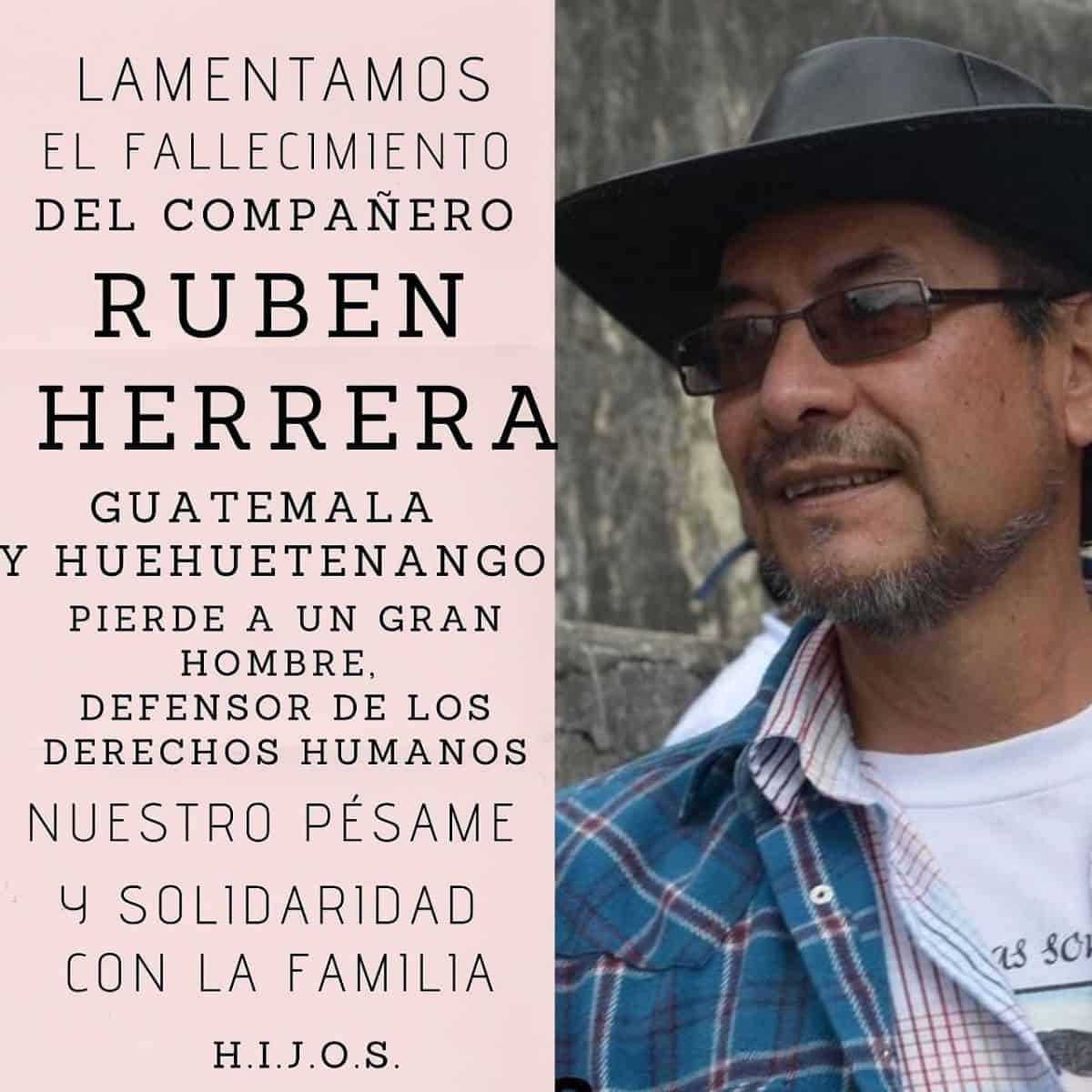
Lastly I would like to end my final letter by honoring the compañero, brilliant and visionary land and water defender Ruben Herrera who passed July 22nd from health complications. It was an honor to be in your presence and to be able to learn from you. Have a beautiful transition to the next realm.
Extra Sources:
-Read More on the Maya Ixil Genocide case:here
– Read about the Genocide case that convicted dictator Rios Montt here
– Read more about the Molina Theissen Case here

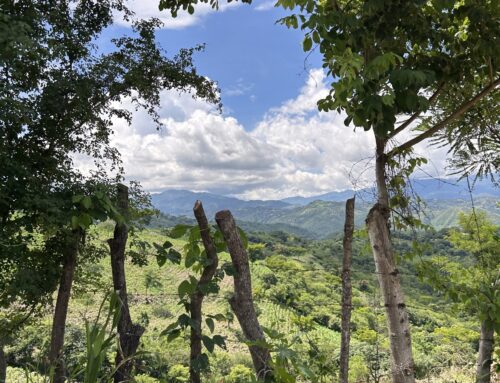

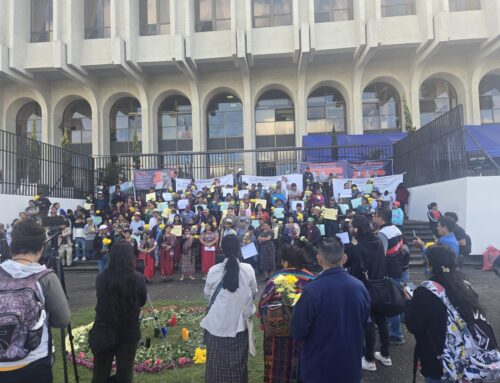
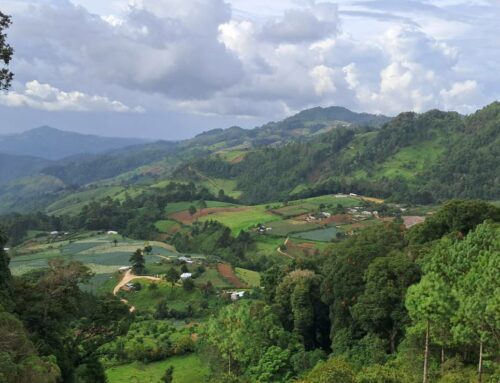
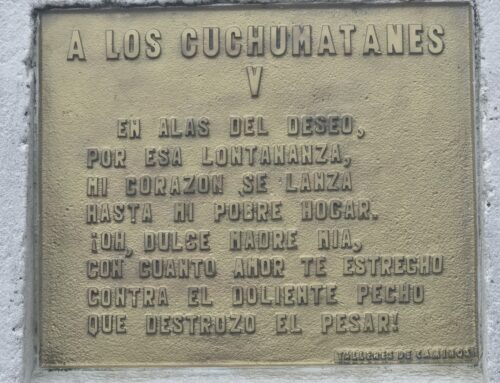
Leave A Comment